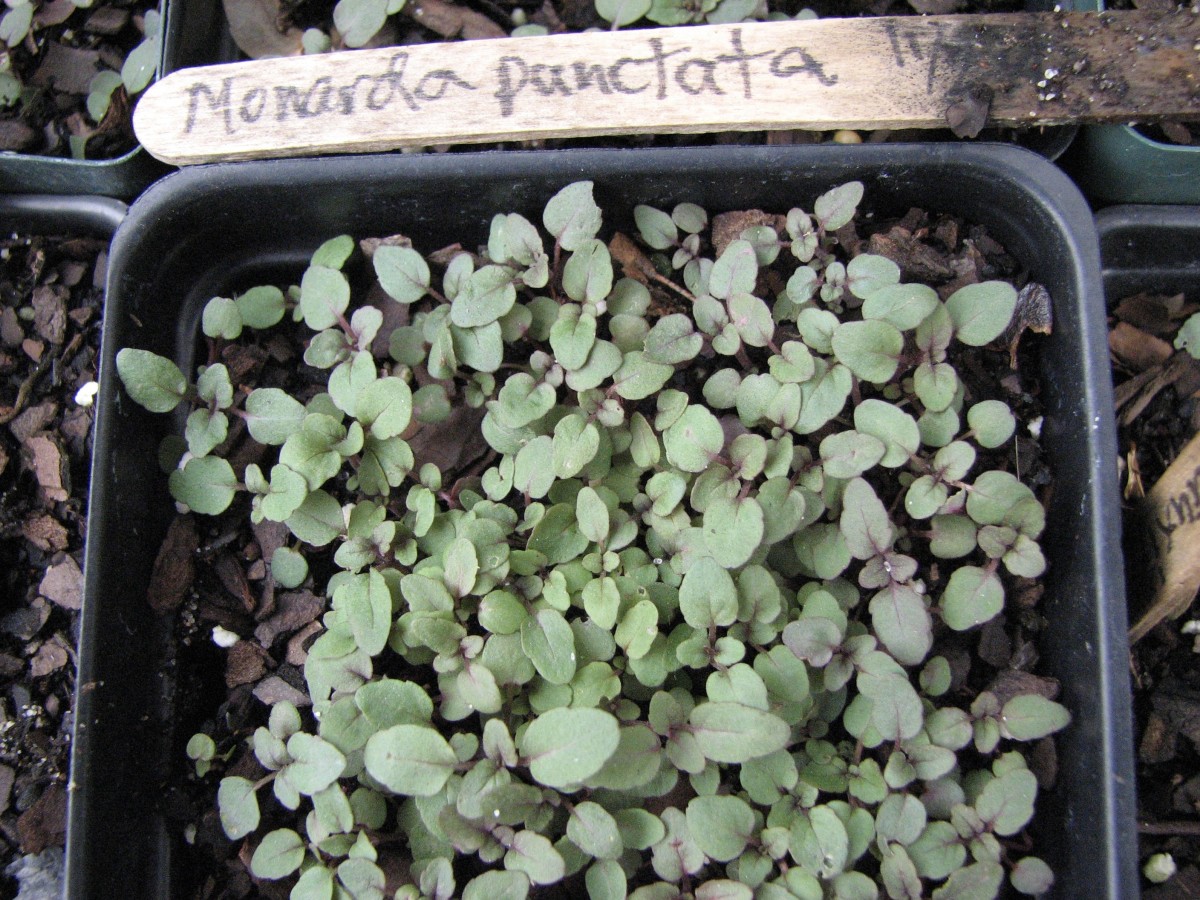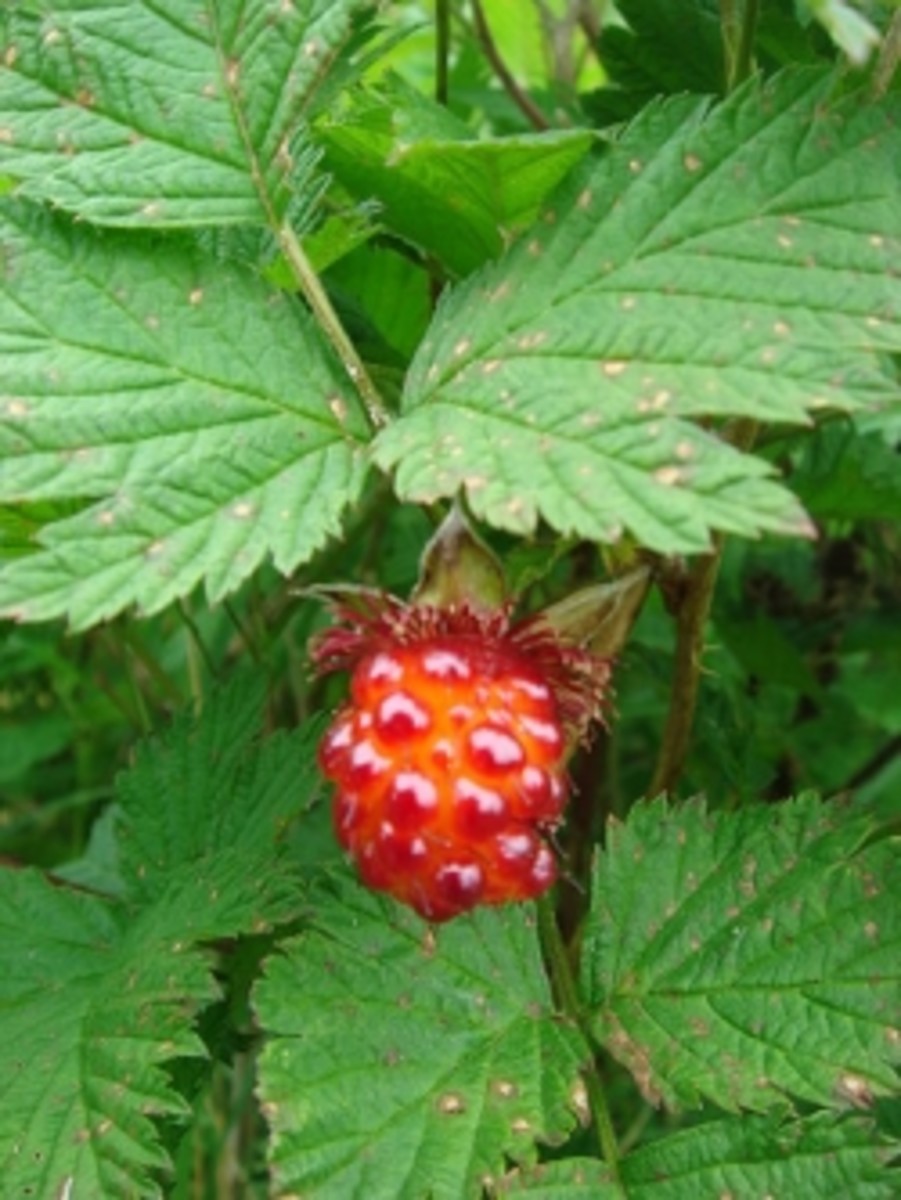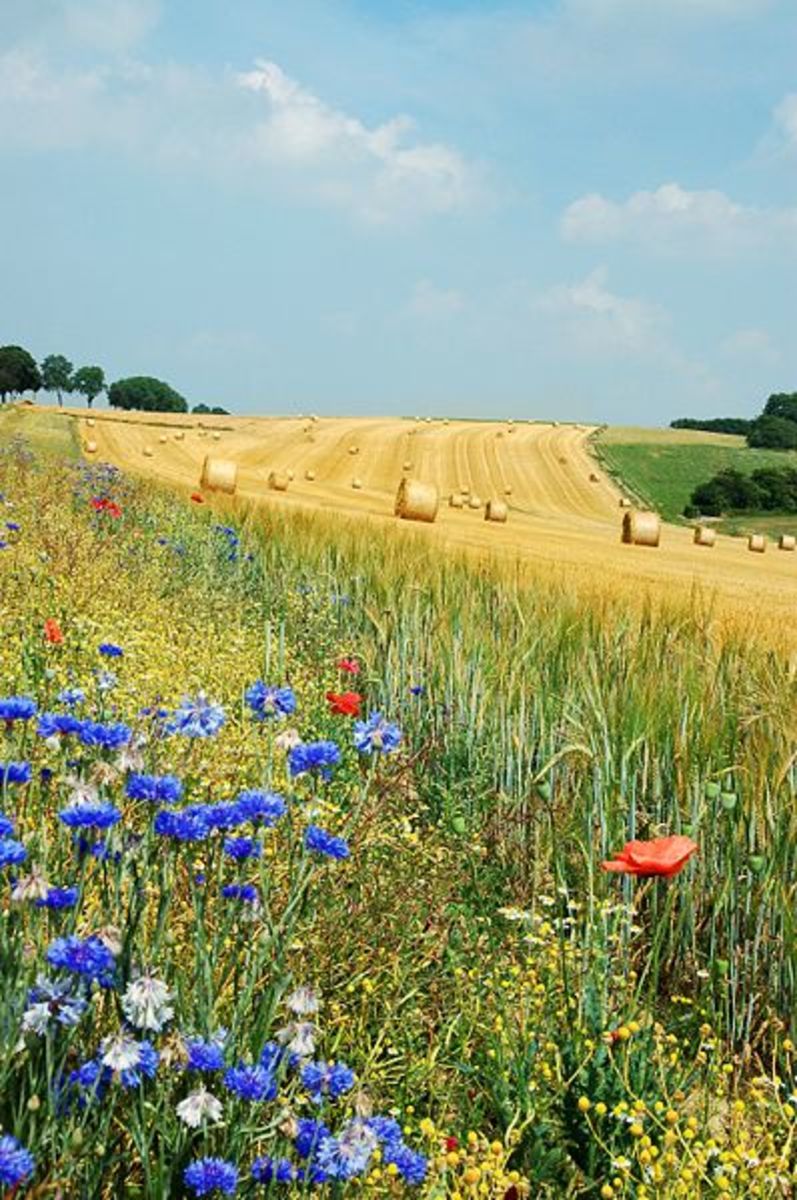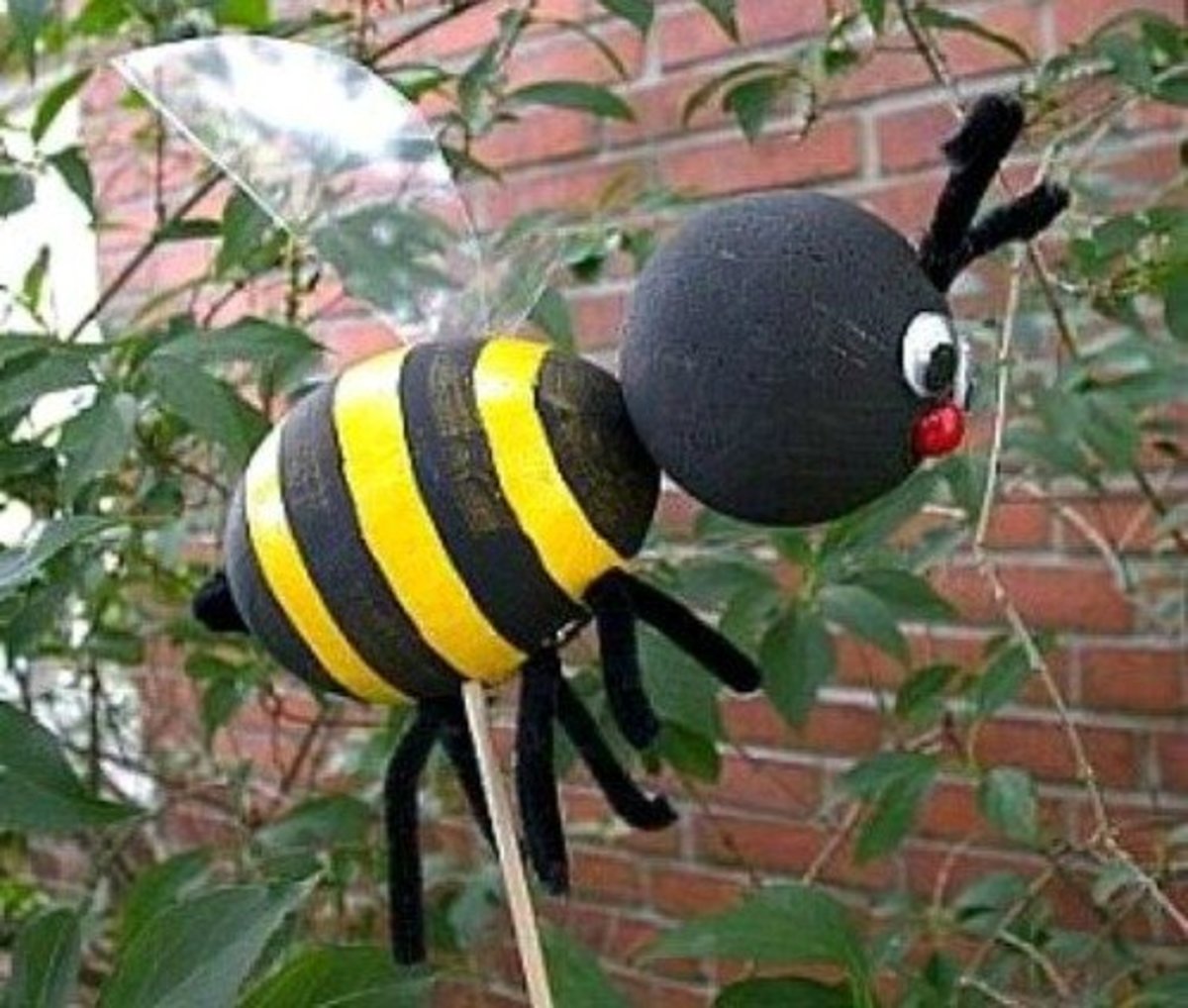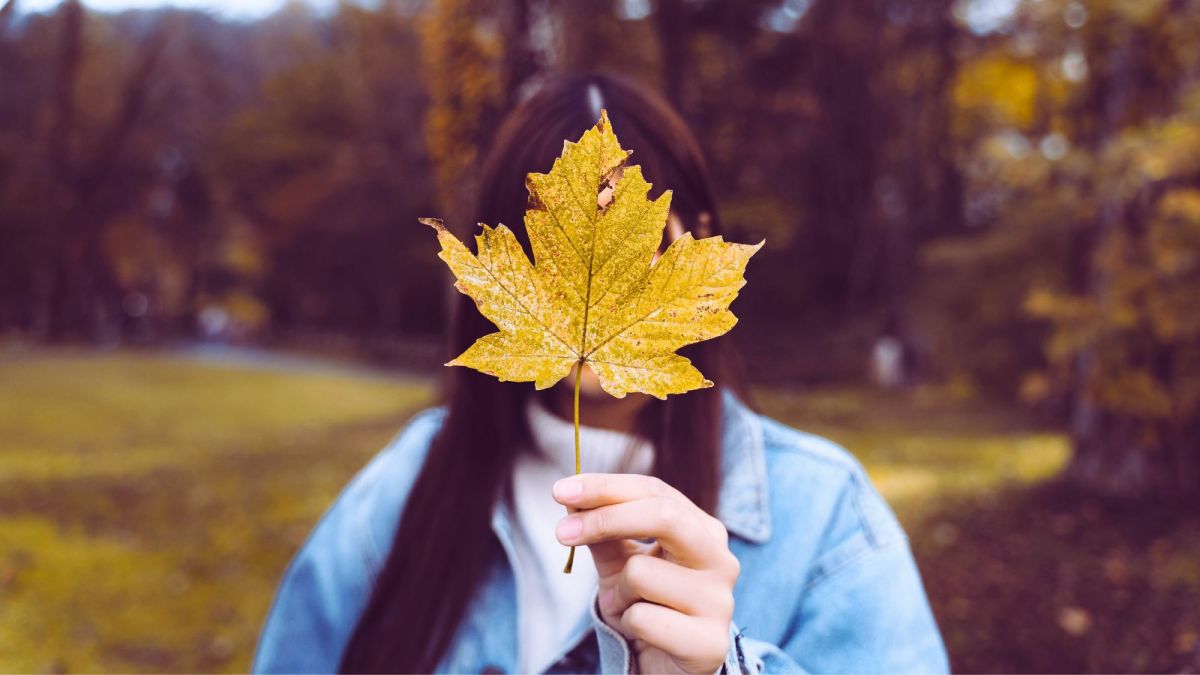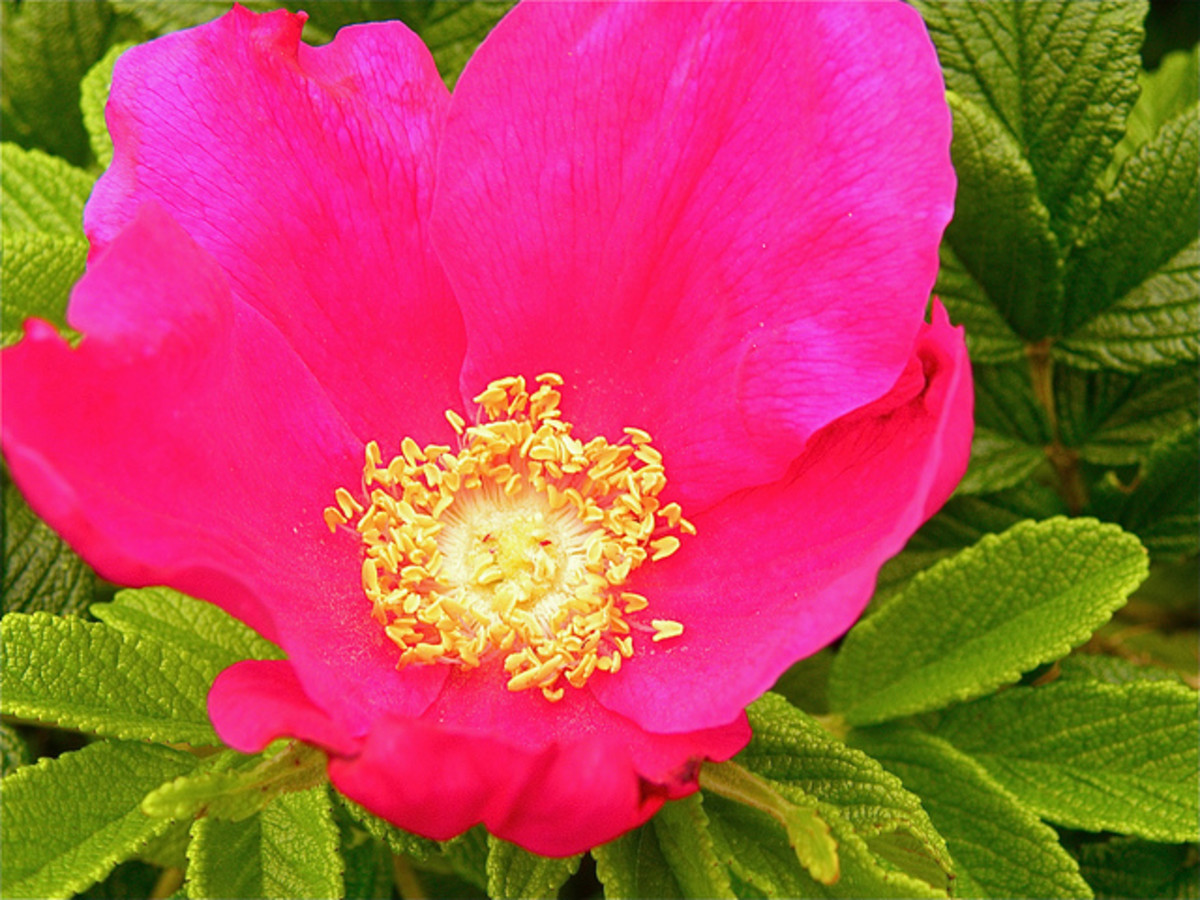The plight of the bumblebee
Bees on Lavender

Bee afraid, bee very afraid.
"If the bee disappeared off the surface of the globe, then man would only have four years left to live."- Albert Einstein. Incredible to think that the fate of mankind lies in the hands of a small insect that no-one notices or cares about. Does the bee really matter that much or was Albert Einstein just saying this for affect? Perhaps he owned the world’s biggest honey farm and wanted people to know it. Well the simple fact is that without the bee the crops of the world would fail. Any crop which is produced from blossom would no longer produce fruit. That’s every fruit tree, vine, fruit bush and bean. Leaving us with root crops only. So, that isn’t going to happen I hear you cry, well Bumblebees are in danger in most developed countries due to destruction of their natural habitat, hedgerows, and the widespread use of pesticides which have destroyed many of the wildflowers. In the United Kingdom, until relatively recently, 19 species of native true bumblebee were recognized. Three have now become extinct and eight are in serious decline. Even a decline in bumblebee numbers would cause large-scale sweeping changes to the countryside, leading to inadequate pollination of plants, which of course will affect everyone. Gardens will deteriate, crops fail, food prices rise and wildflowers would die out. Frightening, but it may not be too late if we act now.
Bee careful
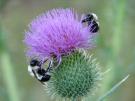
Borrage
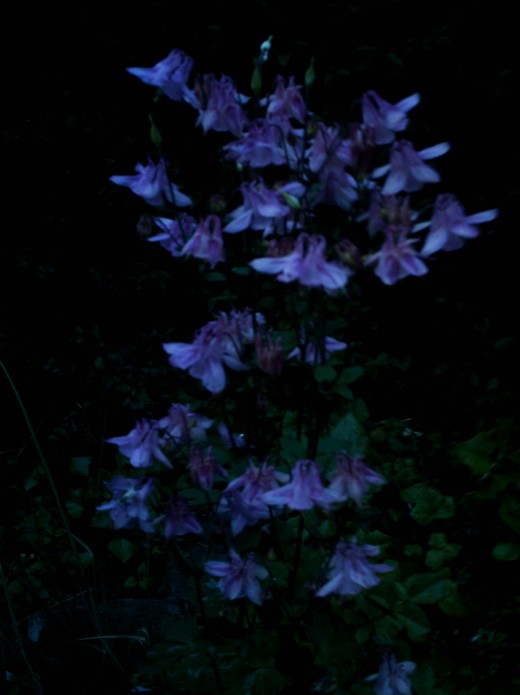
Bee active
Has the world woke up to the problem?
- BBC News - Bee decline linked to falling biodiversity
The decline of honeybees seen in many countries may be due to reduced plant diversity, research suggests.
Bee hotel
- Insects - make a bee hotel | How to | Projects | BBC Gardeners\' World
Insects - learn how to make your own bee hotel with advice from the Gardeners' World experts.
Bee thoughtful
So what can we do? The answer is quite a lot especially if you have a garden. Doesn’t matter where in the world you are the bees in your area will need native plants to thrive, so plant some. To help bees you should provide a range of plants that will offer a succession of flowers, and thus pollen and nectar, through the whole growing season. Even a small area planted with good flowers will be beneficial for local bees, because each patch will add to the mosaic of habitat available to bees. Native plants are usually best for native bees, and can be used in both wild areas and gardens. There are also many garden plants—particularly older, heirloom varieties of perennials and herbs—that are good sources of nectar or pollen. Together with native plants, these will make a garden attractive to both pollinators and people. Include flowers of different shapes. There are four thousand different species of bees in North America, and they are all different sizes, have different tongue lengths, and will feed on different shaped flowers. Consequently, providing a range of flower shapes means more bees can benefit. Have a diversity of plants flowering all season. Most bee species are generalists, feeding on a range of plants through their life cycle. By having several plant species flowering at once, and a sequence of plants flowering through spring, summer, and fall, you can support a range of bee species that fly at different times of the season. Chose several colors of flowers. Bees have good color vision to help them find flowers and the nectar and pollen they offer. Flower colors that particularly attract bees are blue, purple, violet, white, and yellow. Plant where bees will visit. Bees favor sunny spots over shade and need some shelter from strong winds. Plants that I have found attracts bees are Lavender, Fox Gloves Lupins, Buddleia, Geraniums, Aquilegia, Sedum, Autumn Joy and Borrage. The only thing I would say about Borrage is that its hairy stems can bring some people out in an allergy so plant it in an isolated area. Don’t forget use pesticides sparingly. Those based on fatty acids or plant oils and extracts pose little danger to bees but will not control all pests. Avoid spraying open flowers and if possible do spraying in the evening when bees are less active.
Amazing video of bees
Aquilegia or granny's bonnets
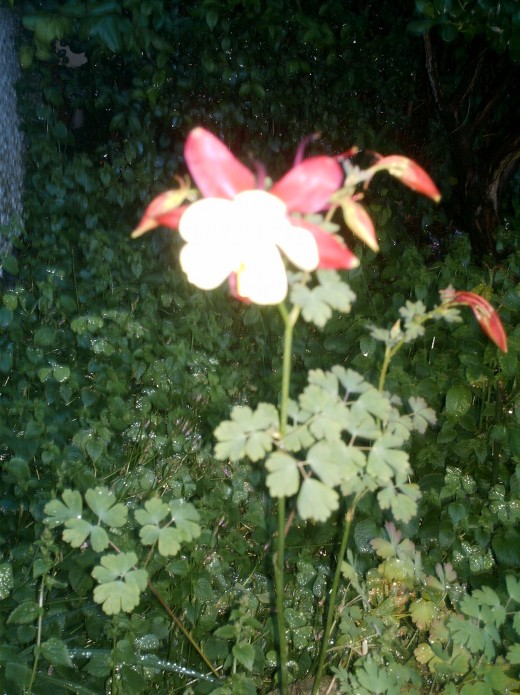
Bee and bee
When you have provided your bees with breakfast they will need a bed. There are 2 main types of accommodation you can offer bees. Solitary and nests. Providing homes for solitary bees is simple assome will nest in hollow stems, such as bamboo canes or herbaceous plant stems. Hole diameters in the range 2-8mm (up to 1/4in) are required. Cardboard nest tubes can be bought in garden centers. Holes 2-8mm (up to 1/4in) diameter can be drilled in fence posts or logs. Place these nest sites in sunny positions. Some solitary bees nest in the ground, either in bare soil or short turf. They will find their own nest sites, so tolerate the small mounds of soil deposited by the female bees when they excavate their nest tunnels. Bumblebee nest boxes can be purchased but they are often ignored by queen bumblebees. They prefer to find their own nest sites down tunnels dug by mice or in grass tussocks. Or if you are a posh type how about a Hotel for your guests.
Brilliant hub about honey
- How Sweet it Is
For centuries, honey was the only sweetener known to man, harvested from the wild all over the world. Even today the production of honey can be looked at as somewhat of a miracle, given the infinite flavorful...


